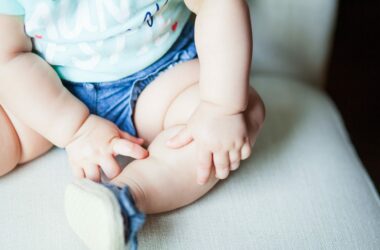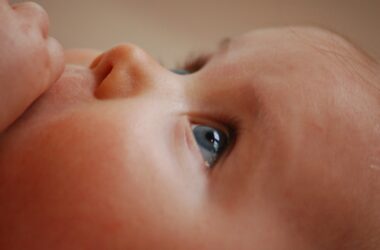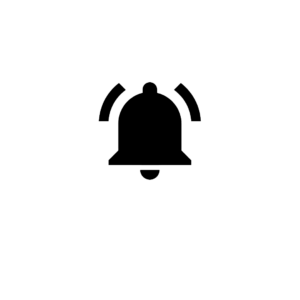Brains baby at 6 months old
A baby has already developed quite a bit in the first six months, especially the brain! In the next six months, you will see that other things develop in other brain areas. And the nice thing is that you can also see them reflected in the leaps he/she is making now!
If you look at the parts of the brain where things are developing, you will see that these are completely different parts from those right after birth. That alone reveals how much your baby has already developed during the first half year of life.
The parts of the brain that play a role in cognitive learning, movement, language, and social-emotional perceptions are now very active. Of course, that does not mean that the other parts of the brain are not active now. Brains are always active.
Discover and stimulate your baby's mental development
Download nowIf you dive into the leaps your baby goes through during these months (“relationships,” “categories,” and “sequences“), you’ll see that they all have to do with the parts of the brain that are most developing right now.
Real thinking can begin!
Gathering knowledge, the real “learning,” already implies a degree of awareness. Your baby is really learning something and not just being reflexive. So you can see that your baby is already really “a thinker”. Cognitive learning begins to develop now and will continue to do so throughout childhood. In fact, for life. Of course, children learn proportionally more than adults. That is why this part of the brain is extra active in them.
Repeating is ‘hot’
For your baby, there is still so much to learn in this world. And you learn by doing something often and gaining experience with it. That also explains why babies (and children) often repeat something. By repeating things your baby learns. After all, the repetition of something tells us that what happened the first time was not an accident but a lawful rule. So doing it again, again and again, is very good for cognitive development. So you won’t be surprised to learn that your baby is doing it right now during these months when that part of the brain is very active.
Movement: gross motor skills
When your baby was born, he could not yet move consciously. His body moved “by accident. Or at least, he didn’t think about it. Now he does, and it shows in his gross motor skills. It has developed over the past few months so that your baby can now sit (average 6½ months), crawl (average 9-10 months), and is in the process of taking his first steps (first individual steps average 12-14 months).
From head to toe
Something funny about these gross motor skills is that a baby develops them “from head to toe”! First the muscles in the head and neck, then the arms and trunk, and then, between 6 and 12 months, the trunk and leg muscles which, of course, are needed again for crawling and walking.
The quality of learning to master gross motor skills is affected by, among other things, the amount of myelin present in the brain. The more myelin, the faster information gets through and can be returned from and to the brain. Myelin develops naturally, but breastfed babies make more myelin faster. That may explain why breastfed babies also develop faster physically.
Language
Talking to your baby is and always will be important. You will see that during this time your baby can also brabble words back to you for the first time! The more you talk and encourage him, the better this will go. Chapter 8 from The Wonder Weeks book tells you exactly what to expect from your baby when it comes to language and how you can best help your baby develop language.
Social-emotional
During the 6-12 month-old period, you also see strong activity in the part of the brain that deals with social-emotional issues. Social interaction is the best way a baby learns. Interaction between people, especially those around him every day, is essential for development and contributes to feelings of self-assurance and even happiness. The better the interaction is, the more your baby learns, the faster he masters things and the happier he becomes.
The growth spurt of the brain
You also notice that your baby is now increasingly responsive to interaction and even initiates interaction. During these months, a part within this part of the brain is developing extremely rapidly: a brain growth spurt is taking place in the frontal lobe. This causes attachment to take place.
Attachment
So the bonding you had already built with your baby, now becomes even deeper all at once. On the other hand, this also makes your baby understand that other people are “strangers. As a result, you see that many babies begin to develop fears of ‘strange’ people after taking the mental leap at 6 months (relationships) and even more after taking the leap at 8½ months (those of categories). The period of “shyness” sets in. In Chapter 9 of The Wonder Weeks, you can read more about shyness and how you can make it a little easier for your baby.
Did this article help you?
Share this article
Receive a notification at the start of a leap!
Would you like to be prepared when your baby is about to enter a leap? Sign up for our leap alarm for free and always receive a notification when a leap is about to start!




